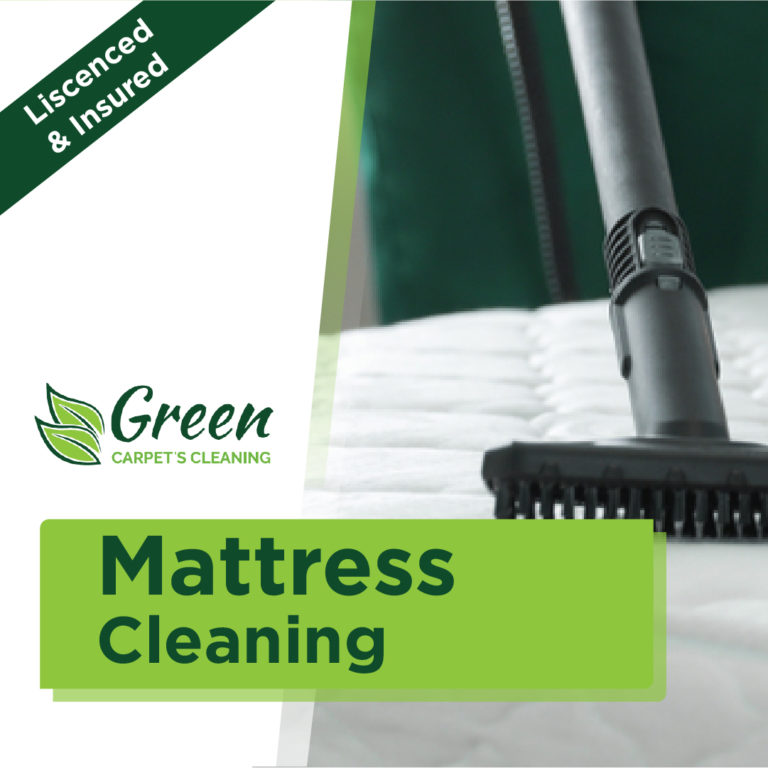Drapery Cleaning in Santa Paula — Drapery is many times failed by homeowners when it comes to its regular maintenance. We tend to care more while the upholstery is left to chance. No doubt nearly all drapery fabrics need dry cleaning and maintenance, which explains precisely why we often dismiss them.
You may be surprised to discover that some curtains and drapes can be laundered at home with little trouble! Read on to find out which common cosmetic and fabrics are washable and which should be dry cleaned.
Why Does it Matter Whether You Wash or Dry Clean Your Drapes?
The routine and proper cleaning of drapery fabrics is vital for many reasons. If forgotten, not only do they look unpleasant and filthy, but could become a big problem for people with allergies. To be able to stop shrinking, stretching, and pulling if the majority of drapery fabrics do not seem that delicate, we must care for them, guided a specialist from Fantastic Services. Most curtains are quantified to puddle on the floor or to hang a particular distance over it. Washing a clean only fabric may modify the appearance of your curtains or totally ruin the fabric.
Even fabrics which have not been pre-treated are subject to those distortions. You need to launder drapes made from machine-washable fabrics to prevent shrinkage. Should you use a washing machine clean them and use the delicate cycle of the laundry machine, but DO NOT dry them there. Allowing delicate materials to hang from a point to dry is also problematic, as drapery can elongate, distorting shape or the pattern. Lay the drapery flat to keep their appearance and preserve the quality.
Which Fabrics Could You Wash in Home?
Though you can put others some cloths need to be washed by hand. Cotton and linen can be cleaned in water or on the delicate cycle, but only if they’re unlined. Synthetic fabrics like polyester and nylon can be washed in a machine and by hand, along with wool and fleece. Keep in mind that polyester and nylon fibers become degraded from dry cleaning solvents washing them by hand or in a system isn’t only an alternative. It is the only real way to clean them. Polyester fabrics don’t need to wash and can be hung right after you clean them.
Silk fabrics can also be hand-washed.
Most times is the one. Colors — and colours that you are sure will not bleed — can be cleaned that manner. If you treat this kind of fabric, use mild dishwashing soap and hand motions. Otherwise, dry clean silk materials.
Prior to hand-washing your curtains vacuum them first.
You’ll also have to pre-treat spots or any spots using a solution. There are several different types of detergents, depending on the type of fabric, so make sure that you pick the right one for the drapery. The substance will be helped by A bit of lukewarm water. Follow the package instructions of your remover and allow the product to sit for the recommended amount of time.
Always do a check on a tiny region of the cloth to be certain it’s color-fast if your drapery is acceptable for hand or machine washing. Dip a corner at a combination of the detergent and warm water. If the color begins to bleed, then you need to hunt for a different cleaning option. Remember that each cloth includes a list of instructions where you could observe the means of cleaning. Even if the drapery itself is acceptable for washing, the lining isn’t.
To drapery fabric that is hand-wash,
Soak it bathtub or a bucket full of detergent and water.
Let the cloth simmer for 30 minutes.
Squeeze out the water, being careful not to use too much force so you don’t accidentally wrinkle fabrics that must not be pressed, like velvet and cotton. Some cloths can be ironed while still damp, to eliminate wrinkles. If you are unsure, eliminate wrinkles out of fabrics that are drapery by massaging them.
Which Fabrics Must be Dry Cleaned?
Some drapery fabrics simply can’t be washed in the home. Drapes with additional vases, beading, a lining or pleating should remain dry cleaned. Furs, tapestry fabrics, crushed velvet, delicate synthetics such as rayon, taffeta, satin, suede, and brocade are cleaned.
You might want to dry-clean items that are stained or soiled. Bear in mind, it is safer and wiser to dry-clean drapes when you are not confident you can eliminate stains. There is a chance it will become permanent once the fabric is permitted to dry if you neglect to remove a blot in your home.
Most store-bought drapes have a care label that lists the fabric and washing instructions. If your drapes are hand sewn or next hand, a cloth shop or a professional dry cleaner should be able to identify the substance and determine the suitable care for this. Whatever fabric your curtains are made of, learn how to maintain and clean them in order to maintain the fresh and healthy look of your property.
What window style is best for Drapery in Santa Paula














